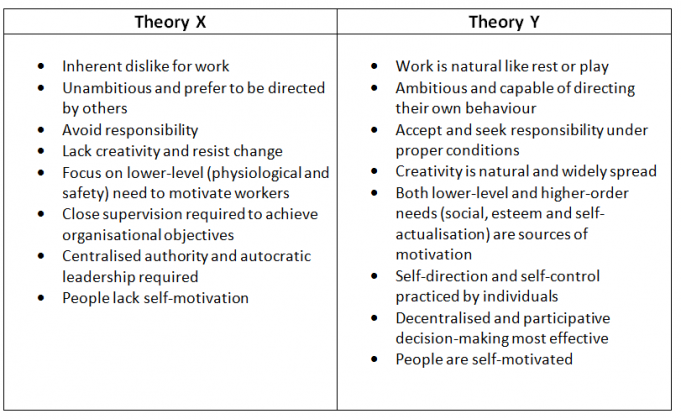Ship Management: What is the most effective style?

Chris Wincott is a Consultant with NJC Associates Ltd and has worked with shipping organisations in UK, Europe, India, Singapore, Philippines, Dubai and Kuwait on a range of Consultancy and Training projects. He has spoken at shipping conferences and has published articles on Management and Leadership development in the industry. He has a Master’s Degree in Change Agent Skills and Strategies from the University of Surrey. What follows is his guest blog post on the topic of management in the shipping and maritime industries.
One of the most fascinating and frustrating aspects of leadership and management is that there is often no right answer. We hear phrases like “It depends” or “In what circumstances?” or “On the one hand …” Sometimes the situation drives us to make quick decisions and move on, but it’s often helpful to pause and think about what caused us to make those decisions and to question some of our underlying assumptions.
What is the best management or leadership style?
This is a recurring question and one that generally provokes both inspirational and terrifying tales of past managers. People share stories of the powerful and autocratic manager who created order out of chaos, led people safely through dangers, and built a loyal and high-performing team. Others talk with some degree of dread of the bully and tyrant who ruled with a rod of iron and whose word was deemed law. Many form the conclusion that it’s important to adjust your style to the needs of the people and the situation, but if you ask slightly different questions, it’s amazing how the answers can vary.
We generally offer four management styles and ask two questions. The answers often follow a similar pattern. The styles we offer are:
- Autocratic – manager makes the decisions and gives instructions.
- Consultative – manager talks to people, listens, and then decides and gives instructions.
- Participatory – manager discusses with people, they make a decision together and allocate tasks.
- Delegating – manager gives objectives to people and lets them decide how to achieve them.
(There are many different models of management styles, but they tend to illustrate a similar sliding scale: from one end where the manager retains power and makes decisions to the other where power has moved to the people and they make decisions.)
Which is the best management style to use on board?
The most frequent answer to this question is that the manager needs to retain control and make the decisions. They might do some consulting, but only with certain people who have relevant experience and can be trusted. Comments frequently made in response to the question include:
• “Safety is critical and you need to be in control.”
• “People don’t have the experience they did years ago.”
• “People don’t want to take responsibility.”
• “If you take your eye off them they will take short cuts.”
• “It is not a democracy on a ship.”
• “People respond best to clear instructions and some authority.”
• “You have to check everything.”
• “I want it done my way.”
Which management style do you like your manager to use with you?
If we change the question to the above, the answers tend to be quite different. People often want more involvement, participation and delegation and say that this helps them to carry out their best work. Answers frequently include:
• “Trusted to use my experience and knowledge.”
• “Involved in decisions.”
• “Asked for my opinion and have it respected.”
• “Feel like part of the team.”
• “Have an influence on how things are planned and carried out.”
• “Allowed to practice and gain experience.”
• “Treated like an adult.”
People sometimes say there is a difference depending on the level of those being managed, but we have used the same model and questions with junior officers, senior officers and shore-based managers and witnessed a similar pattern. We seem to believe that we like to be managed in one way when in fact people need to be managed in a different way.
This is not a new discovery – Douglas McGregor identified his famous Theory X and Theory Y model back in the 1960s. He looked at various organisations and suggested that you often see an underlying set of assumptions about how people work best. Depending on which assumptions the organisation held and encouraged, you would see people being treated in very different ways.
Assumptions about people:

People have pointed out that the basic two option model is a simplification of reality and people will change over time, but if we want to manage people effectively, maybe we need to look at our assumptions about what people want and consider how we might be more like the manager we would like to have for ourselves.
